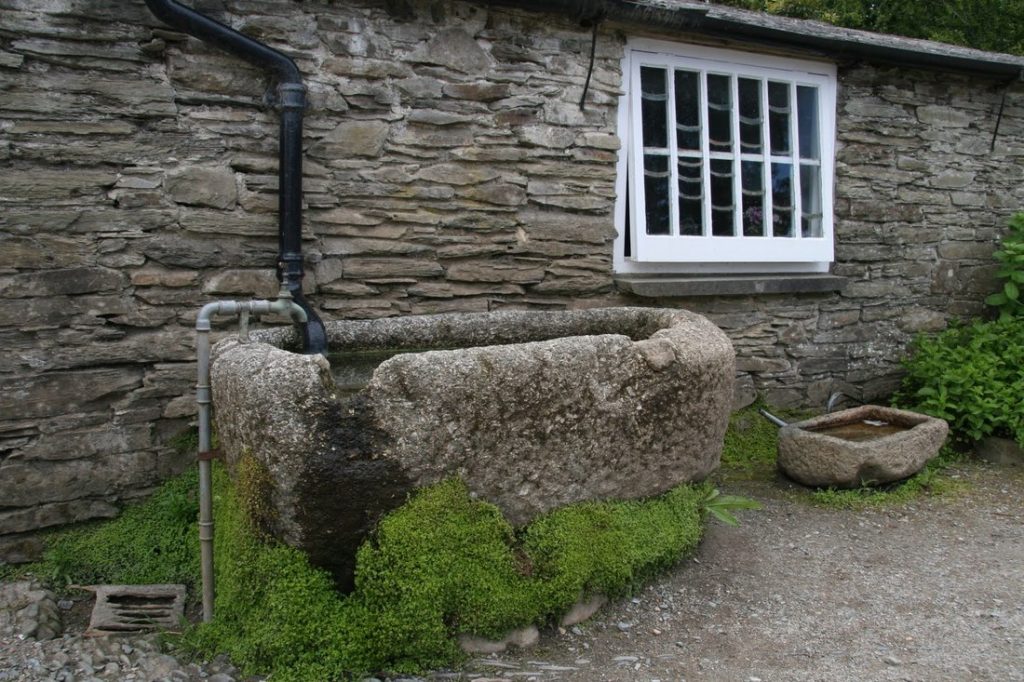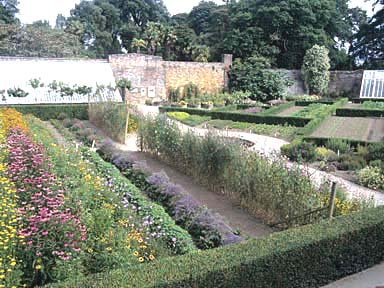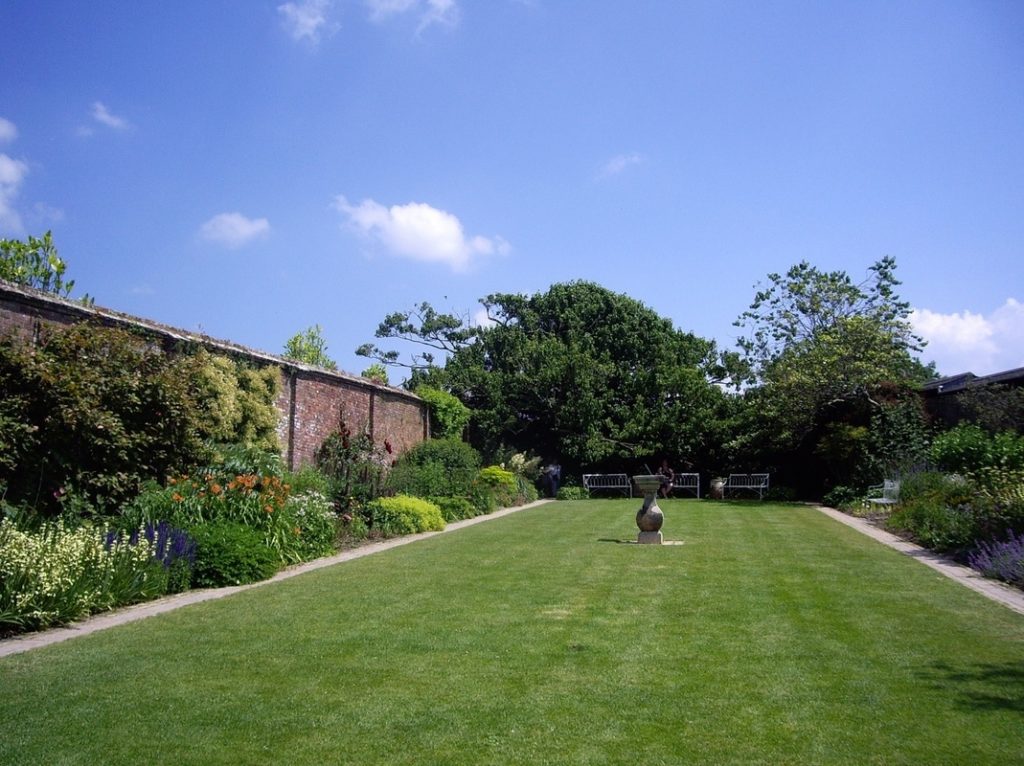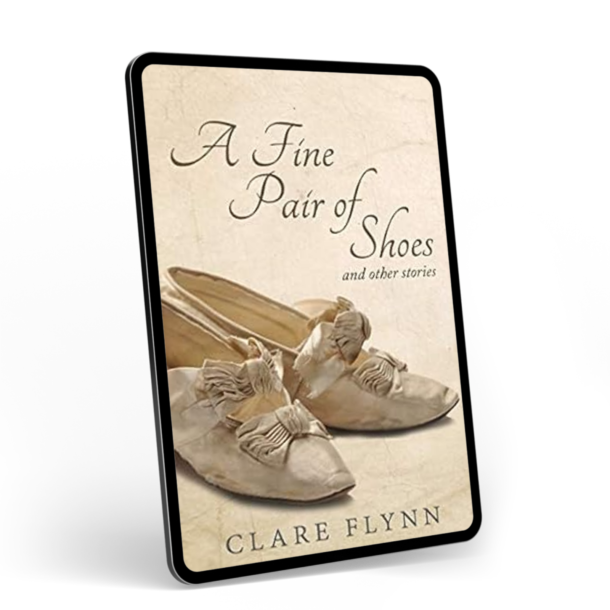I’m delighted to have Merryn Allingham as my guest on the blog this week. Merryn is the very popular author of the Daisy’s War trilogy of books set in India and London in the 1930s and 40s.
Her latest books explore two pivotal moments in the history of Britain. The Buttonmaker’s Daughter – published today – is set in Sussex in the summer of 1914 as the First World War looms ever nearer and its sequel, The Secret of Summerhayes, forty years later in the summer of 1944 when D Day led to eventual victory in the Second World War.
Over to Merryn to tell us about how she was inspired to write The Button Maker’s Daughter.

It’s tempting to see The Buttonmaker’s Daughter as following in the footsteps of the phenomenally successful TV series, Downton Abbey. The book is set around the same time as the Downton series began and touches on many of the same issues – the upstairs/downstairs divide, the difficulty of marrying out of one’s class, an estate’s constant need for money, and the restrictive life that middle and upper class women were forced to lead. But the inspiration for the book was something quite different to the TV drama. It lay in a very old garden.
Two years ago, I made a memorable visit to the Lost Gardens of Heligan in Cornwall, ‘lost’ because they were only rediscovered in 1990 and since that time have been lovingly restored – the work, in fact, is still ongoing. The gardens’ heyday was in the late Victorian/Edwardian period when their owners spent a great deal of money, time and effort in creating a beautiful and exotic paradise. But, when in 1914, war came to England, everything changed. Over half the staff perished in the mud of Flanders and the gardens were left to a slow disintegration.
It was as though they went to sleep for the next eighty years. And because they remained untouched, the buildings the gardeners had known in 1914 – the bothy, the bee boles, the pineapple pit, the summerhouse and wishing well, among others – stayed essentially the same.

These were what the pioneers who hacked their way through the undergrowth in 1990 discovered, along with what had once been a two acre vegetable garden, south facing walls for the fruit harvest and a series of beautifully designed individual spaces, among them the Flower Garden, the Sundial Garden, the Italian Garden and the Ravine. At the corner of one of the walled gardens, a tiny room, once used as a toilet, had been buried under fallen masonry. A motto etched into the limestone walls in barely legible pencil still reads, Come ye not here to sleep or slumber, with the names of those who worked there signed under the date – August 1914. In 2013, the Imperial War Museum recognised Heligan’s Thunderbox Room as a ‘Living Memorial’ to ‘The Gardeners of Heligan’.

There was plenty evidence from earlier times, too. Lead and zinc Victorian plant tags lay buried in the soil. A giant vine weaved its way through broken panes of glass in the walled garden. True romance! Not quite so romantic were the effects of requisitioning. In 1916, Heligan became a military hospital and during the Second World War housed the American army. The beautiful lawns, or what was left of them then, were concreted to provide hard standing for tanks and jeeps and the trees, many of them rare, used as target practice.

Above all, though, what set me on the path to writing The Buttonmaker’s Daughter were the human stories. One that affected me greatly concerned the ordinary men whose labour created this beauty. On one particular day in the summer of 1914, every gardener on the estate downed tools and walked together to Redruth, to enlist at the local recruiting centre. Most of those men never returned. The Day Book, which should have listed every job done, carried only the date that day and was never used again. With the loss of so many, it proved impossible to maintain the gardens and they slowly succumbed to the ravages of nature, until the ‘sleeping beauty’ was rediscovered some thirty years ago.

It was the image of those men, honourable and courageous, walking together to enlist in what they saw as a just cause, that lodged in my mind, and I knew I had to record that moment in a novel. My fictional estate, Summerhayes, is nestled in the Sussex countryside, rather than Cornwall but it offers the same perfect idyll. And like Heligan, that idyll is disrupted by a war that looms ever closer. Disrupted, too, by conflict nearer to home – between neighbours and within the family itself. The summer of 1914 will change everything for the Summer family, as indeed it did for so many.
 The Button Maker’s Daughter is available for sale from 12th January on Amazon and you can find out more about Merryn and her books on her website
The Button Maker’s Daughter is available for sale from 12th January on Amazon and you can find out more about Merryn and her books on her website


0 Comments